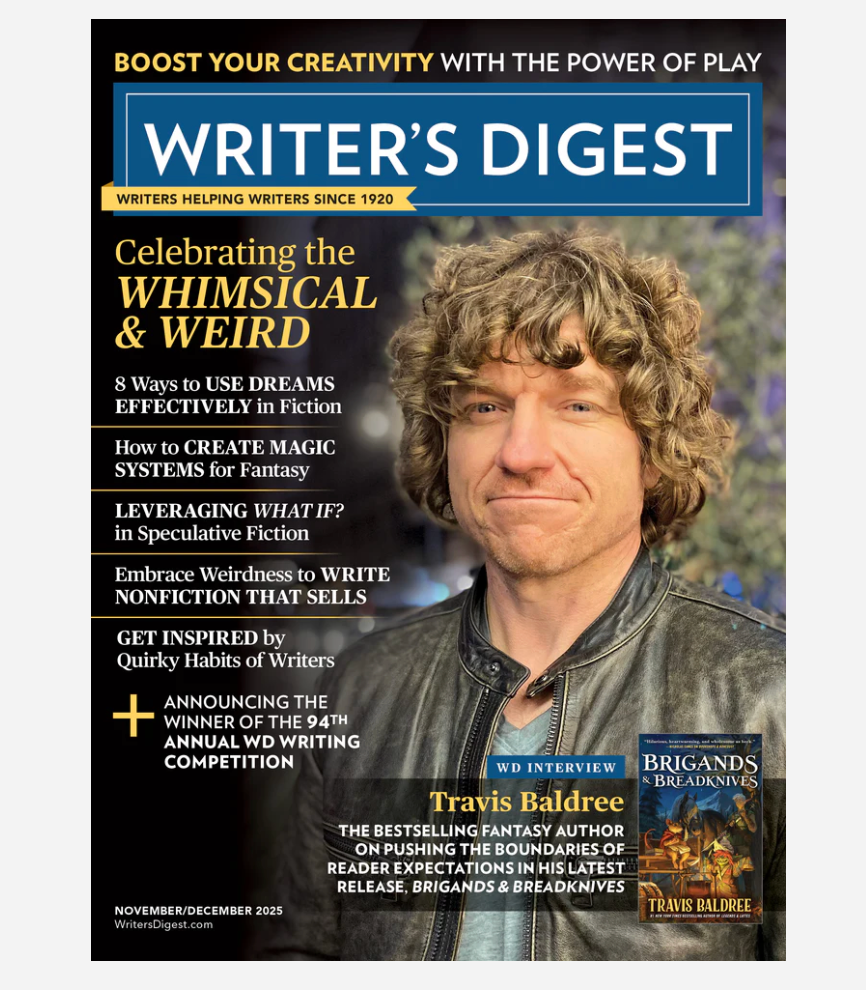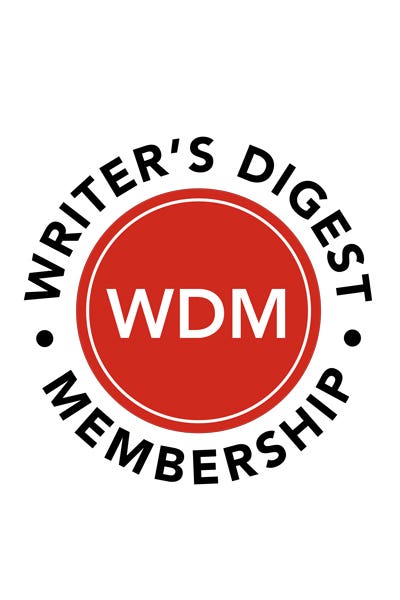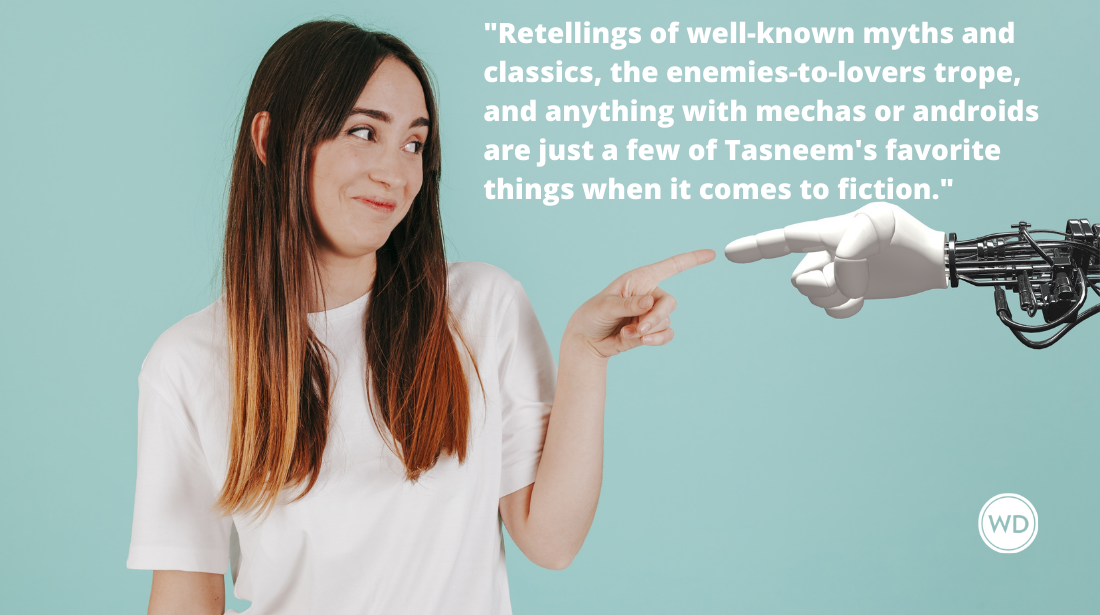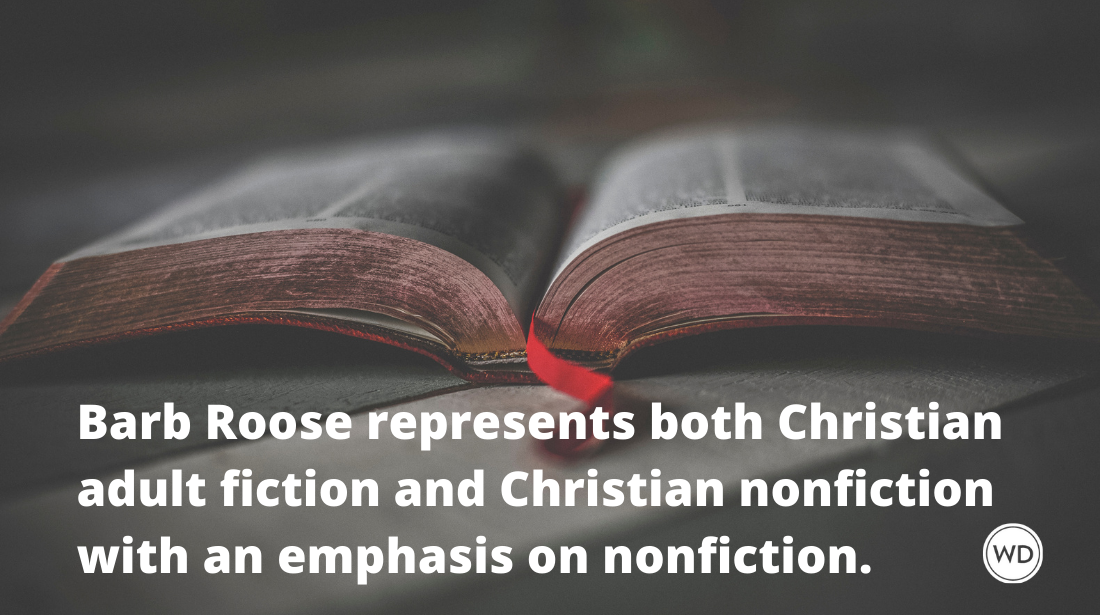2010 GLA Excerpt: How to Write a Book Proposal
The 2010 Guide to Literary Agents has arrived in bookstores and is available now. Needless to say, I am excited to see it in print. I mean—just look at the book. It…
The 2010 Guide to Literary Agents has arrived in bookstores and is available now. Needless to say, I am excited to see it in print. I mean—just look at the book. It looks like a delicious s'more. That is—a delicious s'more filled with tons of agent info and conference info and articles. I suppose that's just the marshmallow filling.
Besides finding the book in stores, you can also order it cheaper from F+W online. To help show you some of the great content inside its pages, I'm going to excerpt some articles to give writers a
little taste of what articles are included to help scribes on their
journey. The following excerpt below is from literary agent Cricket Freeman of The August Agency. Her article is all about How to Write a Successful Book Proposal.
REACHING THE TOP 10 PERCENT
Today’s publishing marketplace is a far cry from that romanticized in movies. Agents simply cannot sell an unknown writer’s idea for a nonfiction book. For an agent to sell a book to a major publisher, it requires the following:
1. A fresh idea to spark interest
2. A catchy title and concept to grab attention
3. A distinctive author’s voice to hold that attention
4. The expertise to back up the concept
5. The skill to execute it
6. The capacity to promote it
7. The ability to present it with enough passion so editors can see the first six elements and grasp the vision.
Many people have the first element. Some have the second, third, fourth, fifth, and maybe the sixth. But a very rare few have the last. Bring all seven to the table and you’ll jump to the top 10 percent of submissions.
UNDERSTANDING EDITORS
Imagine an editor is considering two submissions by first-time writers. Both books are equally well written, suited for his house, and he’d be proud publishing either. But he only has budget for one. Reviewing one he sees a tight synopsis, a descriptive table of contents, and a short author bio. Promising. Reviewing the other he sees those things, but also a colorful author with blurbs from known writers, who knows her competition, is connected to her target market, provides several versatile outlines, plus plans for self-promotion. Valuable. A professional writer on a firm career path.
Which author would you rather be?
Or, look at it this way: Suppose you wanted to open a bakery, would you waltz into a bank, plop a box of your wonderful donuts on the banker’s desk, assuming he’ll hand over a hundred grand? Nah, you know Mr. Banker wants more than a yummy crueller; he wants facts and figures to reassure his board. Well, publishers are no different. Editors look at the big picture—past a good read. They look at things like audience, relevance, sales climate, marketing possibilities, sales history of similar books, current trends, the author’s professionalism, and, of course, potential profits.
Give more info than expected and you deliver a welcomed baker’s dozen. If you’ve fleshed out an idea and written a great book, now is the time to take command. Steer the next stage of its production, shape each section, and create a terrific submission package.
Chuck Sambuchino is a former editor with the Writer's Digest writing community and author of several books, including How to Survive a Garden Gnome Attack and Create Your Writer Platform.







